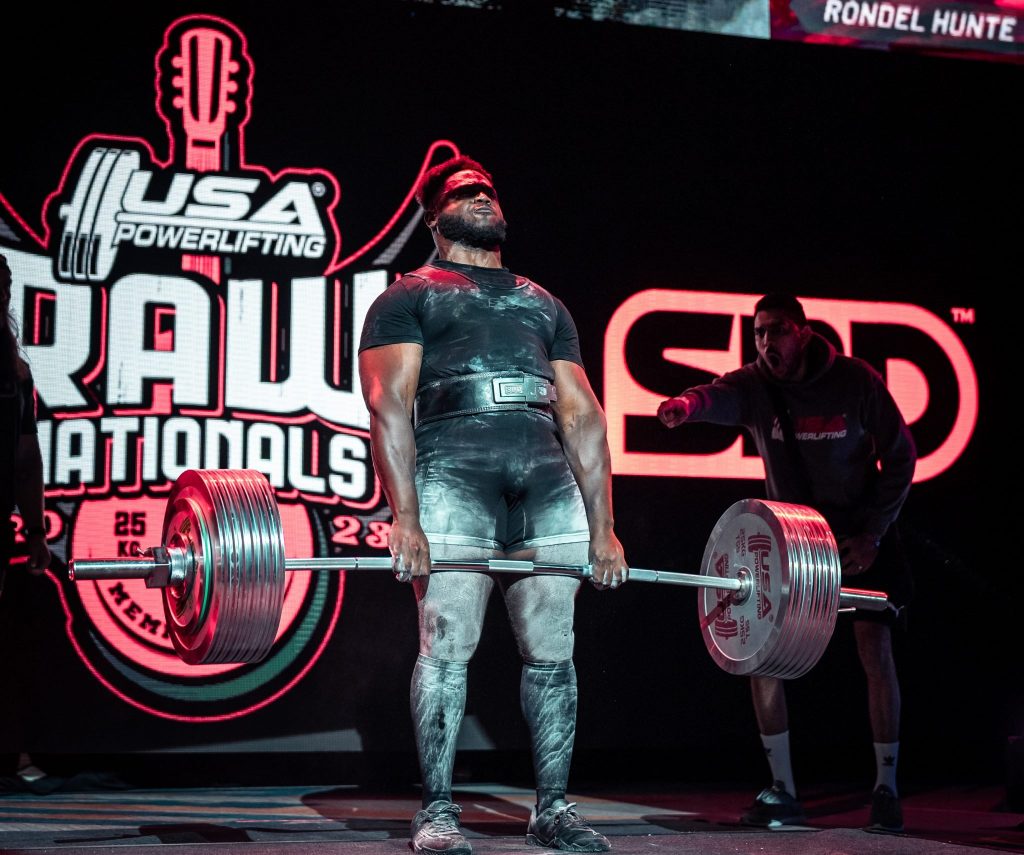The following article appears in the March 1999 issue of the USA Powerlifting Corner in Powerlifitng USA magazine:
Stability, balance, strength and power. What do these four words have in common? A lot more than you think. In order to succeed in any sport, you must have all of them. If you don’t, you will eventually have an injury or a multitude of injuries that never seem to heal or are always there, nagging at you every time you train and compete. Most athletes can relate to this. When you get ready to do a particular sport or event, your body will tell you if something isn’t right. For example, as powerlifters, it might be as simple as a small discomfort or dull ache in your right upper buttock area as we set up for a heavy squat set. A tennis player may feel a slight pain in the elbow region as they grip their racquet. My point is, if you feel these things when you workout or compete, then you don’t have the aforementioned four qualities in the right quantities.
Stability is one of the most important aspects that any athlete needs to succeed. What is stability? Stability, when used in reference to the neuromuscloskeletal (nervous system, muscles/tendons/ligaments, bones) system, refers to the ability of a joint complex or complexes to remain stable and intact when under stress and/or physical demands and loads. Multiple joint complexes working together, such as the spine, provide the stability needed to do large movements of the body, such as running, squatting, etc. In order to maintain stability, the body uses the nerves and the nervous system to feedback information from the area under demand to the brain and back again. It uses the muscles and tendons to contract and relax in proper amounts and length of time in order to hold the joint stable when it is being stressed. The bones, along with the ligaments, provide the structural support of the joint. All of these components provide the body with stability when under stress.
All joints and joint complexes have their individual stabilizers. For example, the glenohumeral (shoulder) joint uses the infamous rotator cuff muscles as some of its stabilizers. These muscles help place the shoulder joint into the proper position before movement of the joint will occur. Then the prime movers of the shoulder joint, such as the pectoralis major, deltoid, latissimus dorsi, etc. can move the upper arm through any movement without damaging the joint itself. When these stabilizers become damaged, weak, adhered to something else because of scar tissue and adhesions, lose flexibility, they are not able to place the joint into the proper position while the prime movers move the joint. When this happens often enough, cumulative trauma begins to occur to the joint complex. It is no longer stable. All the athlete usually sees at this point is pain when using that joint, sometimes starting out as a dull pain but eventually turning into sharp pain. Down the road the athlete will not be able to use that joint because of the pain and may have to quit their particular sport.
The next few issues I will continue to explore these concepts and explain them fully. This article is the first of a series on stability, balance, strength and power.
Please send your questions for the Sports Medicine Committee to:
Dr. Michael Hartle
3835 W. Jefferson Blvd.
Ft. Wayne, IN, 46804.
If you would like a personal response, please send a SASE with $2.00 to cover additional postage and other expenses. I also welcome your comments on the committee/column.


